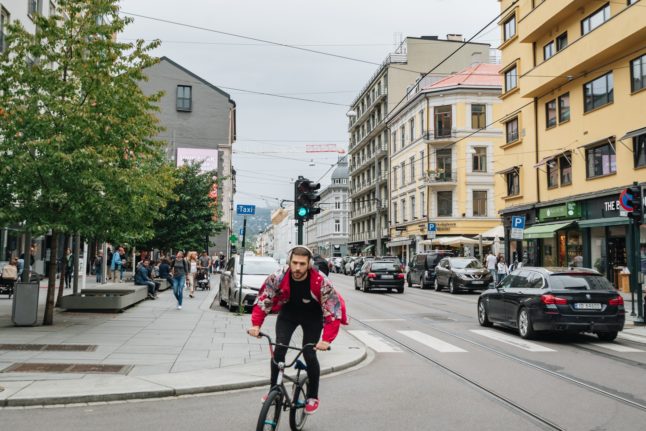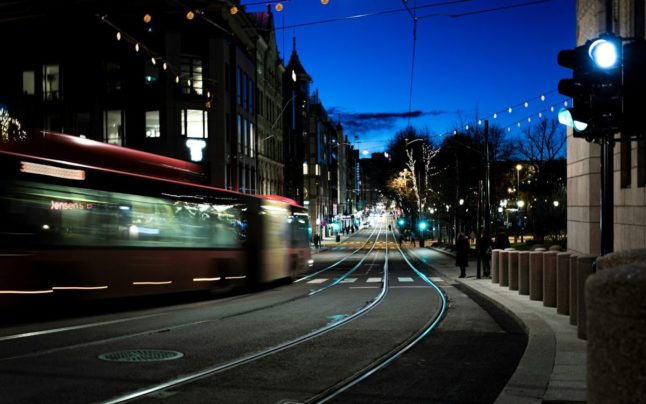Cyclists in Norway often have trouble with drivers not paying attention to their surroundings, with a high level of animosity between those on bikes and motorists reported as an issue in a survey by Trygg Trafikk and Tryg Forsikring.
Almost half said they felt that motorists aren’t paying enough attention to the road, and over a quarter has said they had come into conflict with drivers within the previous five years.
Is cycling in Norway really that bad, or is it a relatively easy place to get around on a bike? Whether you use a bike to get around town, work, or have fun at weekends, we want to hear your thoughts.
Please take a couple of minutes to fill out the survey below, and we’ll try and use the best answers in a future article.



 Please whitelist us to continue reading.
Please whitelist us to continue reading.
Member comments